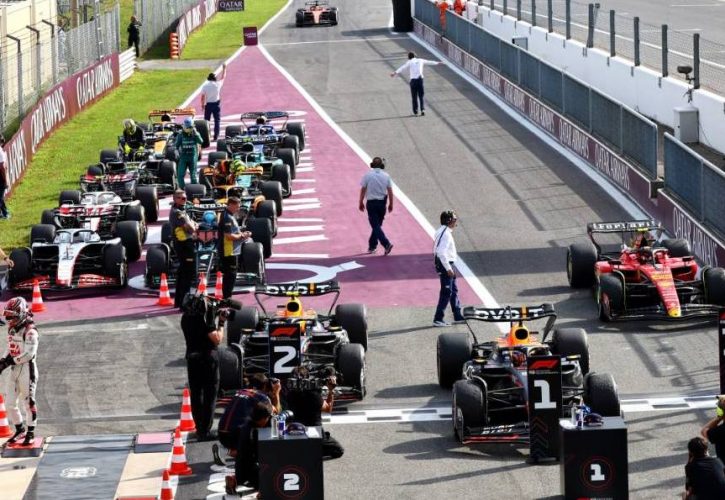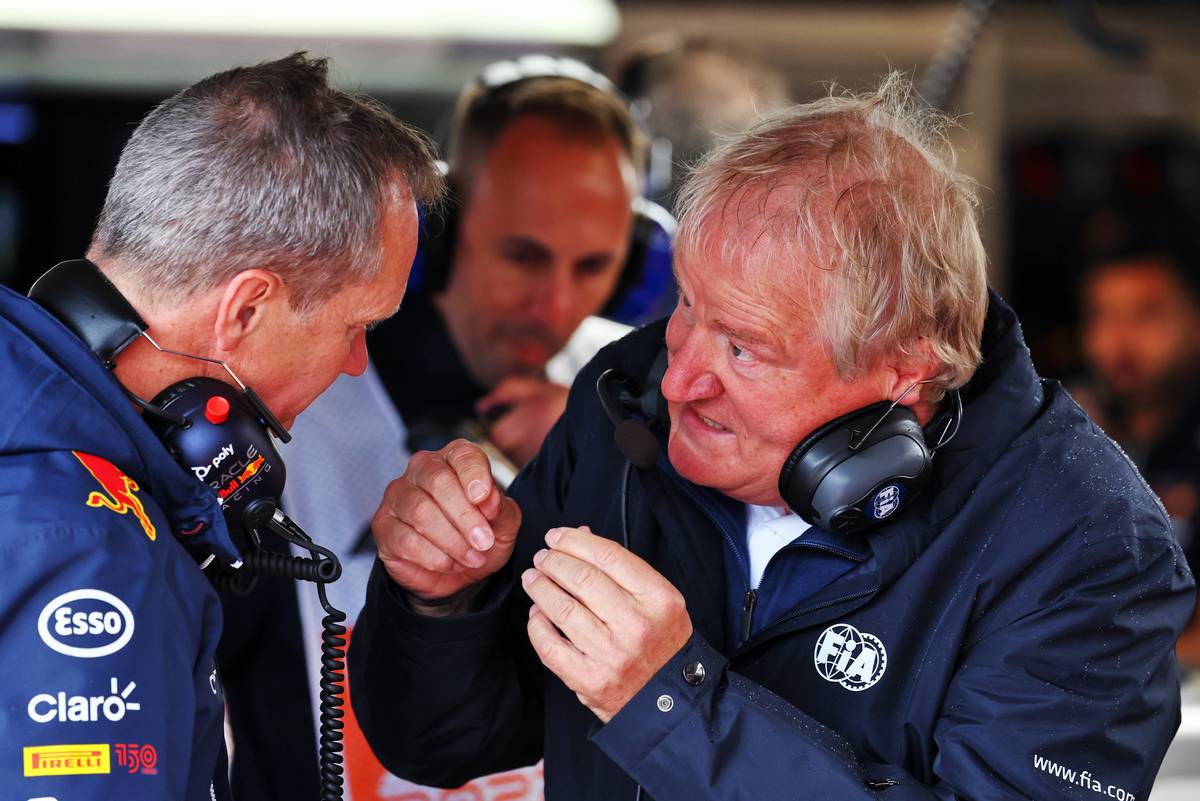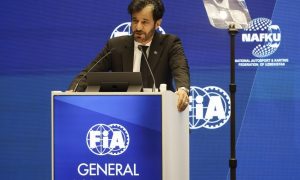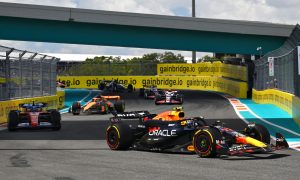
In the wake of the post-race exclusions of Lewis Hamilton and Charles Leclerc in Austin, the FIA has defended its random checks protocol, insisting it’s impossible to cover “every parameter of every car” after a race.
Hamilton and Leclerc were disqualified from last Sunday’s US Grand Prix after it was discovered that the wooden floor plank on the Mercedes and Ferrari cars had worn beyond the 1 mm tolerance set by the regulations.
However, it later came to light that the FIA had only inspected the planks on four cars that were all chosen at random: these were the cars of Max Verstappen, Hamilton, Lando Norris and Leclerc.
But with half of the latter’s machines deemed non-compliant, it was questioned by many why the FIA’s technical delegate did not check the planks of the remaining 13 cars that finished the race.
Read also:
Ahead of this weekend’s round of racing in Mexico City, the FIA has explained why it cannot check all the cars after a race and why it is sticking to its random selection process which it believes represents a strong deterrent against a team fielding a non-compliant car.
“A series of random checks are carried out every weekend on different areas of the cars,” it said in a statement issued on Thursday.
“This process has been in place for many decades, and exists to ensure compliance with the regulations by virtue of the fact that the teams do not know before the race which specific areas of which cars might be examined beyond the standard checks carried out on every car each weekend (such as the fuel sample taken from all cars after each grand prix).

Red Bull Racing Chief Engineer Paul Monaghan with FIA Technical delegate Jo Bauer.
“This means that, from their perspective, any part of the car could be checked at any time, and the consequences for non-compliance with the technical regulations can be severe,” said the FIA.
“The FIA’s F1 technical team has a wealth of experience, as well as data from a plethora of sources and sensors that help inform decisions on what aspects of compliance might be checked.
“The vast majority of the time, all cars are found to be compliant. However, as happened in Austin, breaches of the rules are occasionally found and reported to the Stewards, who decide the appropriate action to take.”
The FIA says that timing constraints and practical aspects will always restrict its ability to widen its controls.
“In conducting these tests, a huge amount of work goes on in the limited time available after a grand prix finishes and before the cars need to be returned to their teams for disassembly and transportation to the next race,” it added.
“However, even though a wide array of checks are made, it is impossible to cover every parameter of every car in the short time available – and this is especially true of back-to-back race weekends when freight deadlines must also be considered.

“This is why the process of randomly selecting a number of cars for post-race scrutineering across various aspects of the regulations is so valuable. Each team is aware that selection is possible and understand that the chance of any lack of compliance being uncovered is strong.”
Finally, the FIA argued that its verification process is further reinforced by the practice of subjecting one car to in-depth testing at each event. These tests delve into significantly greater detail than what can be accomplished during the immediate post-race proceedings.
“These ‘deep dives’ are invasive and often require the disassembly of significant components that are not regularly checked due to the time it takes to carry out the procedure.
“This process involves comparing the physical components with CAD files the teams are required to supply to the FIA, as well as verification of team data that is constantly monitored by the FIA’s software engineers.”
Keep up to date with all the F1 news via Facebook and Twitter





